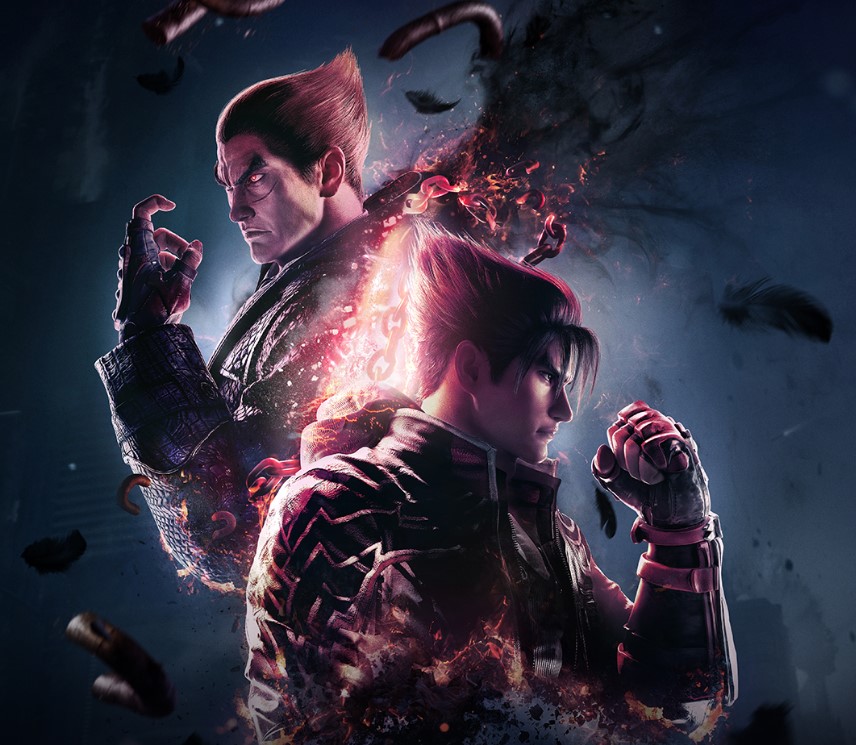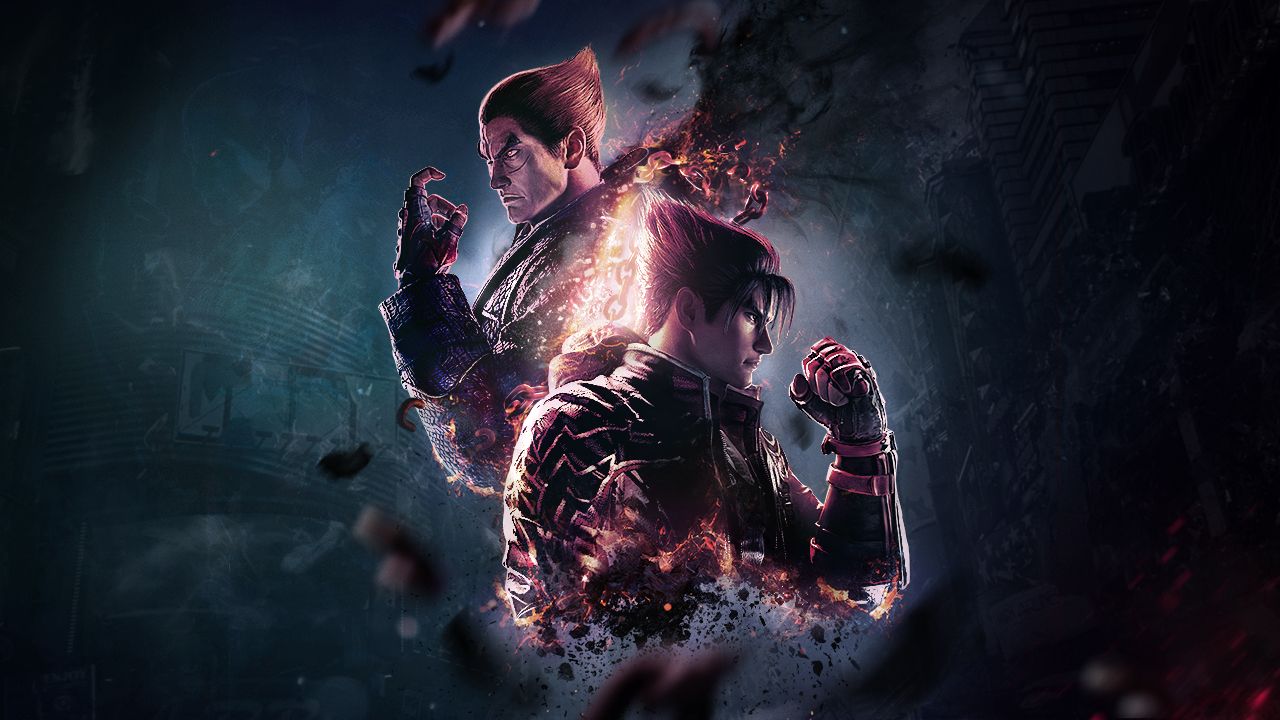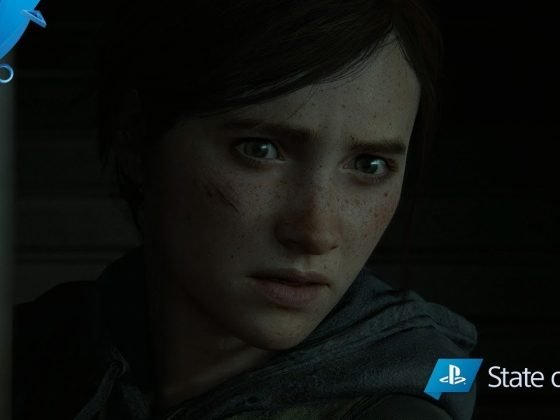Microsoft has finally unveiled their Scorpio specs and they made a bold statement by giving Digital Foundry an exclusive inside look. Digital Foundry are the premier folk when it comes to breaking down the nitty-gritty of tech, leaving no transistor unturned. Microsoft isn’t afraid of being exposed. They’re proud of their new box.
The Scorpio – like the PS4 Pro – represents a half-step refresh of the console, rather than the next generation. The Scorpio will play all XB1 games, but Microsoft has left the decision to develop Scorpio exclusives to the publishers and developers themselves. Microsoft did claim that providing optimized games for the XB1 was a top priority, mentioning a focus on quality downsampling of 4K to 900p.
The heart of the new console is the Scorpio engine: the SOC (System on Chip). It contains the CPU, GPU, memory controllers, and audio/visual media processors. It’s 360 mm2 and contains 7 billion transistors.
Here are the main stats
- CPU Eight custom x86 Jaguar cores clocked at 2.3GHz
- GPU 40 customised compute units at 1172MHz
- Memory 12GB GDDR5
- Memory Bandwidth 326GB/s
- Hard Drive 1TB 2.5-inch
- Optical Drive 4K UHD Blu-ray
Some had voiced disappointment if Microsoft stuck with the Jaguar processor, a known bottleneck of current-gen consoles. This is a customized version however, and has increased the frequency from 1.7 ghz to 2.3 ghz increase.

To combat bottlenecking, Microsoft claims they’ve targeted cohesion between CPU and GPU, using a few tricks to lower latency. It remains to be seen how this works in practice.
Perhaps the biggest takeaway is the hardware interpretation of Direct X 12. For games built with DX 12 in mind, this could reduce potential thousands of instructions to a mere 11, and reduce the rendering workload by half. Games like Battlefied 1, Battlefront, Gear of War 4, and Forza will run significantly better.
GPU
Microsoft promised six teraflops and they delivered. This is the biggest jump when compared to the XB1’s 1.3, the PS4’s 1.84, and the Pro’s 4.2. The Scorpio accomplished this by utilizing 40 compute units, clocked at 1172 mhz. The XB1 has 12 at 853 mhz, and the Pro has 36 at 911mhz.
Memory
It features 12 GB of DDR 5, eight of which are available for developers, compared to the XB1’s five. Having 4 GB dedicated to the OS means the Xbox Dash can now be rendered at native 4K.
But can they actually render games in native 4K? When it comes to Forza at least, Microsoft has actually done it.
Microsoft studied game performance on the original XB1, looking specifically for the afforementioned bottlenecks. They tested hardware emulation to best deal with the limitations before finalizing their Scorpio design. The team was ecstatic to discover it took just two days to port a Forza tech demo to the Scorpio and have it display the maximum amount of cars at 4K, 60fps, using just 66% of the GPU.

The Digital Foundry presenter stated he had seen this video demo with similar results. The GPU dropped to 55% with fewer cars, and went as high as 70%.
Microsoft’s point is that porting 1080p games to the Scorpio’s 4K is possible and easier than they initially thought, with plenty of GPU usage to take advantage of.
Texture filtering will also be removed when porting to the more powerful system.
DF positively compared the Scorpio to the Radeon RX 480, stating their surprise that a console chip could reach similar power.
Custom motherboard balancing
Microsoft explained that it’s typical of sillicon chips to perform with slight differences due to the manufacturing process. It’s standard practice to adopt a one-size-fits-all mentality and ignore those differences. With the Scorpio however, they’re balancing each individual motherboard with its specific processor, in order to maximize efficiency. An impressive philosophy.
To keep this power from setting your house on fire, the Scorpio will use state of the art vapor chamber cooling never before seen in a mass-produced home console.

Will XB1 owners feel left out?
Microsoft claimed they want the entire console family to feel included. They’ve put a high priority on efficiently down-sampling 4K Scorpio games to 1080 and 900p, ensuring the best possible output on all displays.
Quote from Microsoft
“What this means in practice is that games that cannot fully sustain their target frame-rate on Xbox One stand a really good chance of doing so on Scorpio. But to be clear: what we won’t see will be 30fps games suddenly running at 60fps. The game itself still sets its frame-rate target, and there are no functions for removing performance limits.”
That’s the main breakdown so far, but Digital Foundry promises more exclusive video to come.






